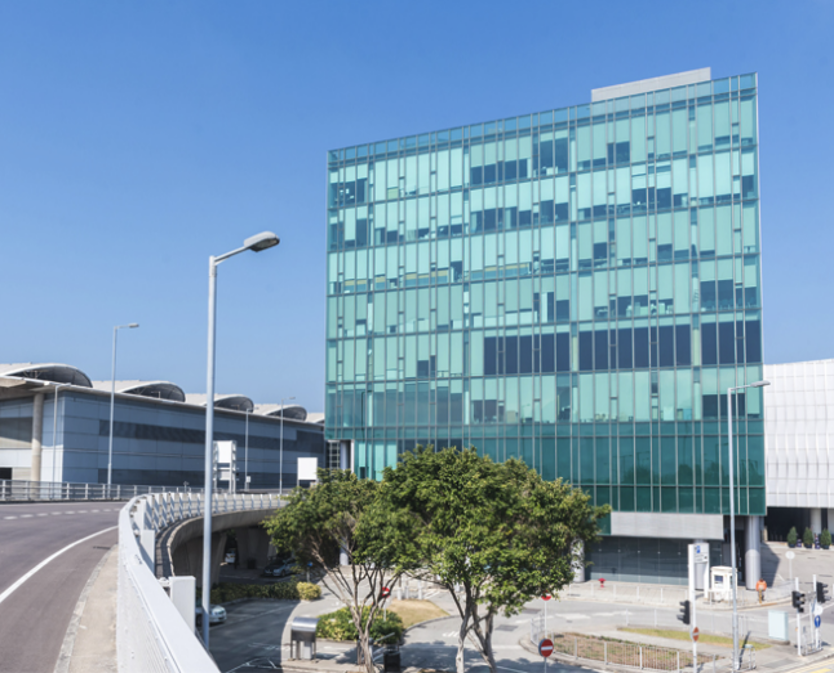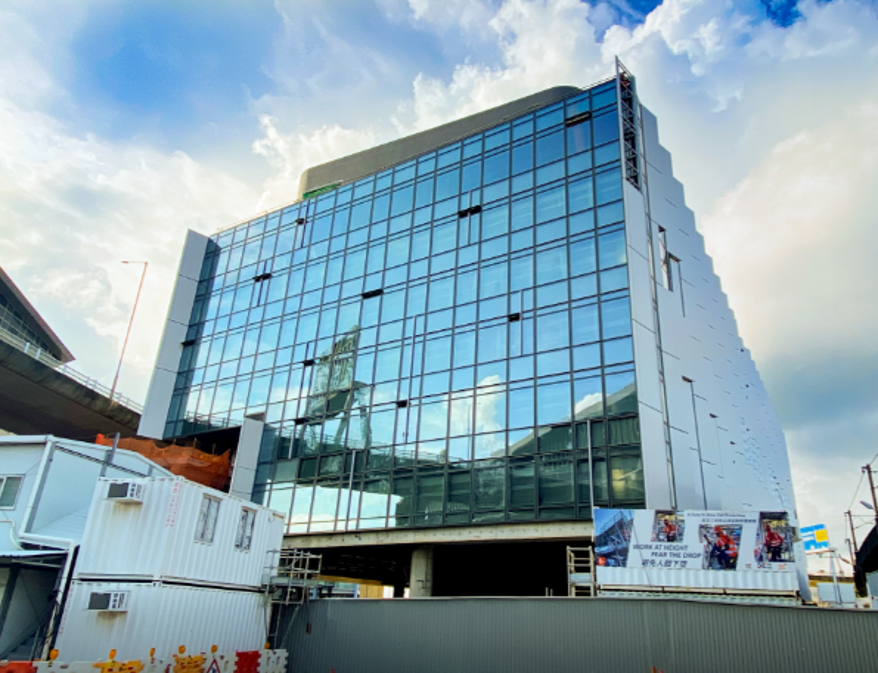Lordray is focused n offering well-rounded client satisfaction through a complete service approach, providing a comprehensive range of Building Services include design, contracting and installation, testing and commissioning, operation and maintenance of mechanical and electrical services in buildings:
- Energy Audit
- HVAC System
- Electrical and ELV System
- Fire Services System
- Plumbing & Drainage System
- EV Charging
- Lift/Elevator & Escalator System
- Assessing Beam Plus Certification Applications
- IT, Supervisory Control And Data Acquisition (SCADA) and Traffic Control Surveillance System (TCSS)
We believe, as a pluralized building engineering services provider, we possess the expertise and licences required such as heating, air-conditioning, refrigeration, ventilation, electrical supply distribution and utilization, lighting, fire engineering, plumbing and water supply, control and building automation, security and alarm system, project management and facilities management, etc. to accomplish our mission efficiently and effectively, on time and budget, meanwhile to the best of our clients’ satisfaction. We possess valued engineering capabilities that entail analyzing the functions of a proposed project, finding all the chances to remove extraneous design features, and selecting the most cost-effective method to achieve the desired outcome.
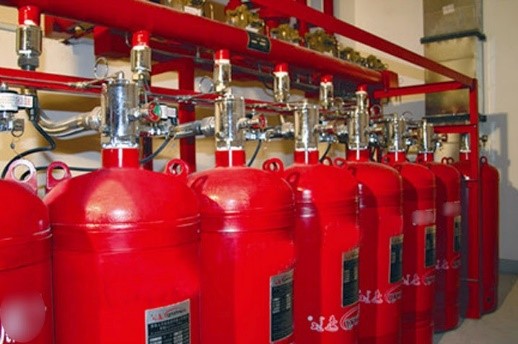
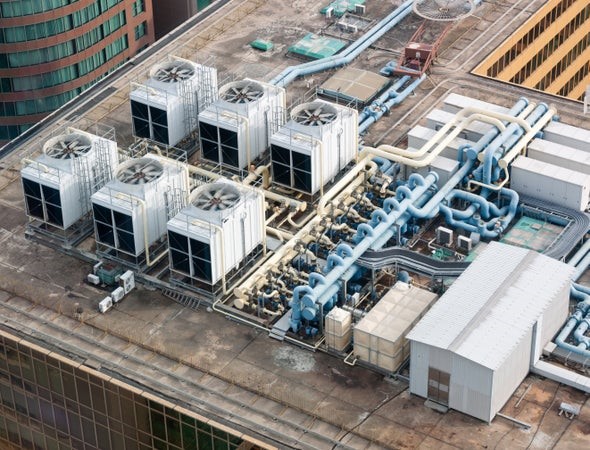
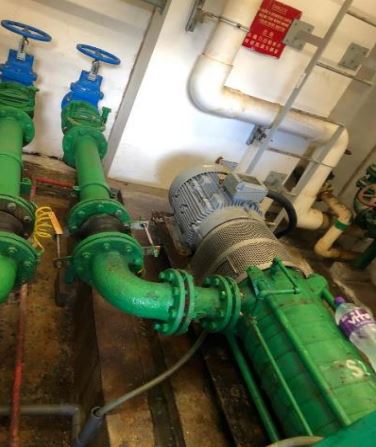
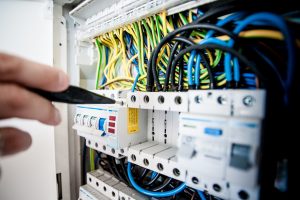
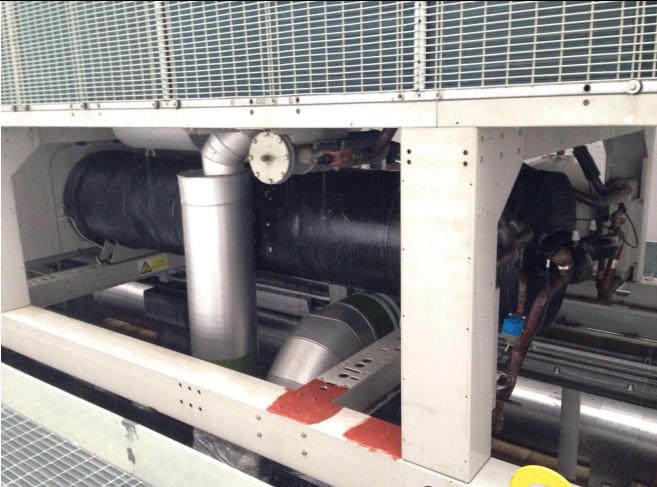
Energy Audit
Energy audit refers to the regular inspection of energy usage in buildings, and is carried out by the Registered Energy Assessors (REAs) of the Electrical and Mechanical Services Department (EMSD) under the Buildings Energy Efficiency Ordinance (BEEO). The REAs will inspect the energy-consuming equipment and systems according to the Energy Audit Code (EAC) to understand the energy consumption pattern of buildings. The REAs would then identify the best energy management practices, complete an energy audit report and submit it to the Electrical and Mechanical Services Department, in order to achieve the purpose of improving energy efficiency.
Energy audit is a part of Chapter 610 of the Building Energy Efficiency Ordinance (BEEO), which is regulated by the Electrical and Mechanical Services Department (EMSD) and fully enforced since 22nd September, 2012. The legislation has two main requirements for energy audits. Firstly, the target building must conduct an energy audit every 10 years on a mandatory basis. Secondly, a qualified Registered Energy Assessor (REA) must be appointed to conduct the audit and eventually a report is produced.
能源審計
能源審核是指對建築物能源的使用情況作出定期檢查,並由機電工程署《建築物能源效益條例》之合資格註冊能源效益評核人(REA) 負責評核工作,評核員會根據「能源審核守則」對耗能設備和系統進行檢查,了解其使用能源的情況,找出能源管理最佳方法,為大廈完成能源審核報告並向機電工程署提交,以達至提升能源使用效益的目的。
能源審核是屬於《建築物能源效益條例》610章內的一個部分,該法例由機電工程署負責監管並於2012年9月22日開始全面強制實施。該法例對於能源審計主要有兩項要求,第一是目標大廈需要每10年內強制性地進行一次能源審計,第二是必須找合資格的註冊能源效益評核人(REA)去負責,並最終產出一份報告。
The Imperative and Opportunity of Energy Audit
The introduction of Chapter 610 of the BEEO is closely related to climate change. In an international climate conference held in Paris on 12th December, 2015, the issue of mitigating greenhouse effect and global warming by reducing carbon emissions was raised. “Carbon neutrality” is one of the key indicators, and the Hong Kong government also committed to achieve carbon neutrality by 2050 in the conference. Carbon neutrality is a state of net-zero carbon dioxide emissions. This can be achieved by balancing emissions of carbon dioxide with its removal (often through carbon offsetting) or by eliminating emissions from society. The term is used in the context of carbon dioxide-releasing processes associated with transport, energy production, agriculture, and industry.
According to EMSD, about 90% of Hong Kong’s electricity consumption and 60% of greenhouse gas emissions come from buildings, with commercial buildings accounting for a majority proportion of 70%. The Government has enacted legislation to regulate buildings to achieve the maximum benefits of energy conservation and carbon reduction. For citizens, they can not only save electricity bills, but also enjoy better indoor and outdoor building space, and improve the air to create a more comfortable living environment.
能源審核的逼切性及機遇
BEEO第610章的出台與氣候變化密切相關。 2015年12月12日在巴黎召開的國際氣候大會上,提出了通過減少碳排放來緩解溫室效應和全球變暖的問題。 “碳中和 “是其中一項關鍵指標,香港政府也在會議中承諾於2050年全面實現碳中和。碳中和是一種二氧化碳淨排放量為零的狀態,通過平衡二氧化碳的排放與消除(通常透過碳抵消)或是消除社會的碳排放來實現碳中和的狀態。碳中和的概念被廣範應用於涉及二氧化碳釋放的過程如運輸、能源生產、農業和工業等。
根據機電工程署的數據,香港約有90%的電力消耗和60%的溫室氣體排放來自建築物,其中商業建築佔了70%的大部分比例。政府通過立法來規范建築,以達到節能減碳效益最大化。而對於市民來說,他們不僅可以節省電費,還可以享受更優質的室內外建築空間,改善空氣質素,創造一個更舒適的生活環境。
